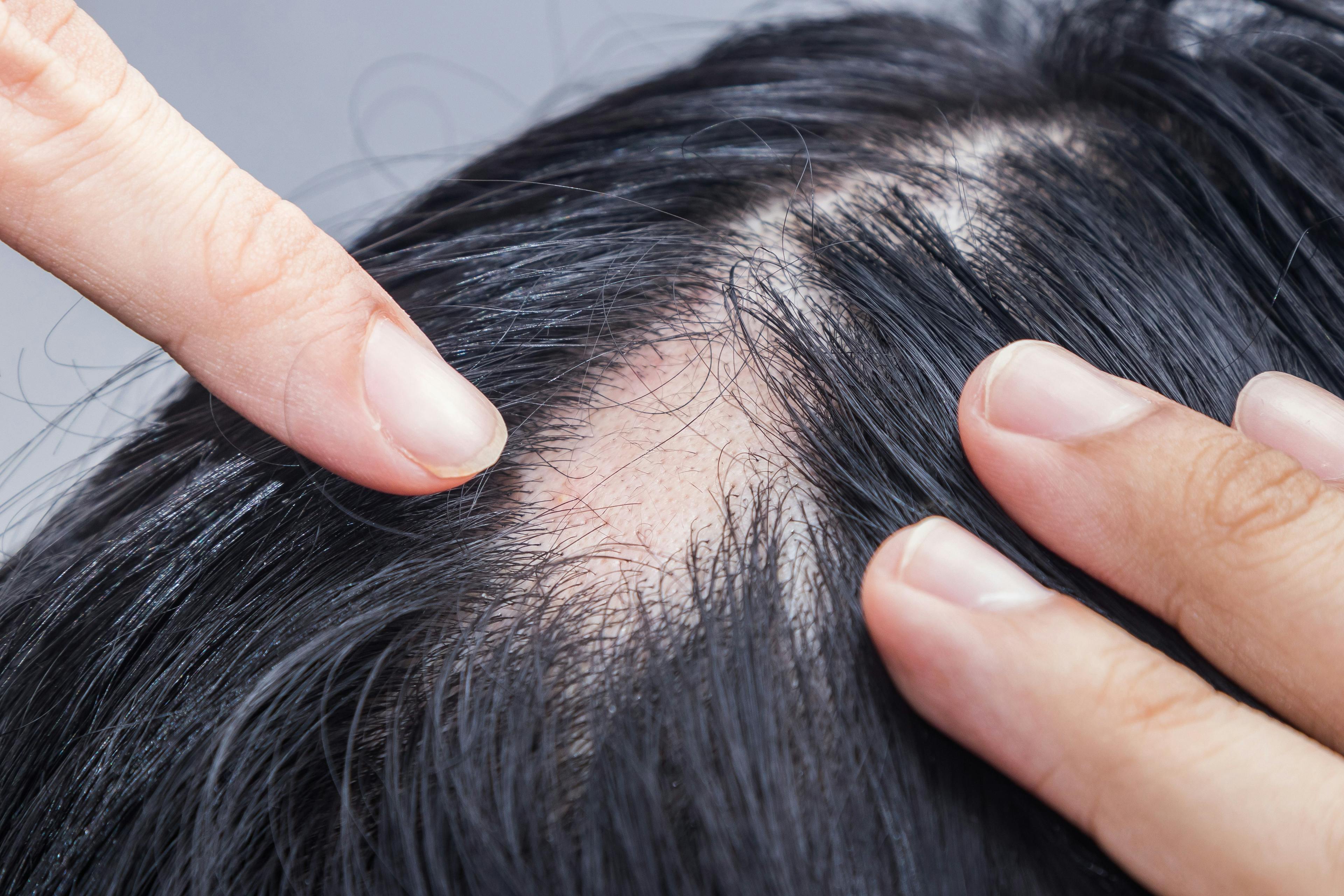- Acne
- Actinic Keratosis
- Aesthetics
- Alopecia
- Atopic Dermatitis
- Buy-and-Bill
- COVID-19
- Case-Based Roundtable
- Chronic Hand Eczema
- Drug Watch
- Eczema
- General Dermatology
- Hidradenitis Suppurativa
- Melasma
- NP and PA
- Pediatric Dermatology
- Pigmentary Disorders
- Practice Management
- Precision Medicine and Biologics
- Prurigo Nodularis
- Psoriasis
- Psoriatic Arthritis
- Rare Disease
- Rosacea
- Skin Cancer
- Vitiligo
- Wound Care
Publication
Article
Dermatology Times
Study: Curcumin Nanoparticles as a Photoprotective Adjuvant
Author(s):
Curcumin has a long history as an effective treatment for everything from chronic pain to skin infections. Nanoparticle encapsulation shows promise in meeting that challenge and opening the way for a safe, effective adjuvant to sunscreen.
Study aims
- Evaluate whether curcumin nanoparticles (curc-np) have photoprotective potential in a UVB murine model, as measured by histopathologic and cytokine analysis.1
- Determine whether the authors’ nanoformulation eliminates the yellow-orange discoloration associated with curcumin’s application to the skin.
Study design
- The investigators divided Bagg albino (BALB/c) mice (n = 40; aged 10 weeks) into 5 equal groups: untreated, vehicle (coconut oil), blank nanoparticles (np), curcumin in vehicle, and curc-np in vehicle.
- The mice received topical treatments in their corresponding group 30 minutes before each of 2 doses of UVB radiation.
- Doses were given 24 hours apart at 50 ml/cm2.
- The investigators recorded clinical observation, histopathology, and cytokine concentrations 24 hours after the final UVB exposure.
Data analysis
- Two blinded board-certified dermatologists used a 5-point Likert scale to assess the severity of erythema on the mice’s dorsal skin.
- Investigators analyzed histologic samples stained with hematoxylin and eosin (H&E), TUNEL, and p53 antibodies to visualize morphology, apoptosis, and tumor suppressor activity.
- They used the Mouse Cytokine Antibody Array C3(RayBiotech) to analyze tissue samples for cytokine expression.
Study outcomes
- Results for mice pretreated with curc-np showed significantly less pronounced erythema, induration, and scale compared to outcomes for untreated, vehicle-treated, np-treated, and curc-treated animals (0.4 ± 0.163 vs 2.9 ± 0.233, 2.4 ± 0.163, 2.8 ± 0.133, 1.9 ± 0.1795, respectively; P < .0001 for curc-np vs untreated).
- Histopathology confirmed that mice pretreated with curc-np had fewer sunburn cells, less dermal inflammatory infiltrate, and reduced tumor suppressor activity.
- The epidermis of curc-np–treated mice showed significantly less TUNEL staining than untreated, vehicle-treated, np-treated, and curc-treated animals (2.2 ± 1.196 vs 11.75 ± 1.78, 11.4 ± 2.062, 11.6 ± 1.501, 8.45 ± 0.9987).
- Quantification of the tissue cytokine samples showed significantly lower expression of pro-inflammatory IL-6 (3.932 ± 0.5508 vs 7.307 ± 0.5276, 6.288 ± 0.3944, 6.211 ± 0.6577, 5.938 ± 0.4575, respectively; P = .0068 for curc-np vs untreated).
- Samples from mice treated with curc-np revealed a significantly higher expression of anti-inflammatory IL-10 compared to untreated, vehicle-treated, np-treated, and curc-treated animals (46.29 ± 5.231 vs 12.88 ± 1.447, 14.19 ± 1.23, 15.64 ± 2.373, 13.53 ± 1.456, respectively; P = .0003 for curc-np vs untreated).
- Mice pretreated with curc-np showed less of curcumin’s characteristic yellow-orange staining.
Conclusions
- Histopathology and cytokine analysis showed curcumin’s ability to regulate inflammation through transcription factors, cytokines, and chemokines.2,3
- A significant decrease in IL-6 and significant increase in IL-10 that occurred only when skin was pretreated with curc-np in a coconut oil vehicle, not with free curcumin in vehicle, demonstrated that nanoparticle delivery “is integral for curcumin’s immunomodulatory properties in the skin, likely owing to increased penetration,” according to the study authors.4
- The authors reported, “Skin pretreated with curc-np stained for less p53 expression on immunohistochemistry, suggesting less acute DNA damage and, subsequently, less apoptotic activity through intrinsic pathways, such as cytochrome C release and the apoptosome complex.”5
“We hypothesize that when a stable formulation is effectively delivered through the skin, curcumin modifies gene expression of inflammatory cytokines, alters downstream cytokine production, limits acute DNA damage, and ultimately attenuates the inflammatory and apoptotic response to UVB radiation,” the authors wrote. “Further investigation into applications alongside sunscreens against UV-induced cellular damage, oxidative stress, and inflammation is warranted.”
Disclosure:
The authors reported no relevant disclosures.
References:
1. Adusumilli NC, Mordorski B, Nosanchuk J, Friedman JM, Friedman AJ. Curcumin nanoparticles as a photoprotective adjuvant. Exp Dermatol. 2021;30(5):705-709. doi:10.1111/exd.14282
2. Zhang Z, Leong DJ, Xu L, et al. Curcumin slows osteoarthritis progression and relieves osteoarthritis-associated pain symptoms in a post-traumatic osteoarthritis mouse model. Arthritis Res Ther. 2016;18(1):128. doi:10.1186/s13075-016-1025-y
3. Krausz A, Gunn H, Friedman A. The basic science of natural ingredients. J Drugs Dermatol. 2014;13(8):937-943.
4. Draganski A, Tar MT, Villegas G, Friedman JM, Davies KP. Topically applied curcumin-loaded nanoparticles treat erectile dysfunction in a rat model of type-2 diabetes. J Sex Med. 2018;15(5):645-653. doi:10.1016/j.jsxm.2018.03.009
5. Tsai KD, Lin JC, Yang SM, Tseng MJ, et al. Curcumin protects against UVB-induced skin cancers in SKH-1 hairless mouse: analysis of early molecular markers in carcinogenesis. Evid Based Complement Alternat Med. 2012;2012:593952. doi:10.1155/2012/593952

Newsletter
Like what you’re reading? Subscribe to Dermatology Times for weekly updates on therapies, innovations, and real-world practice tips.





























